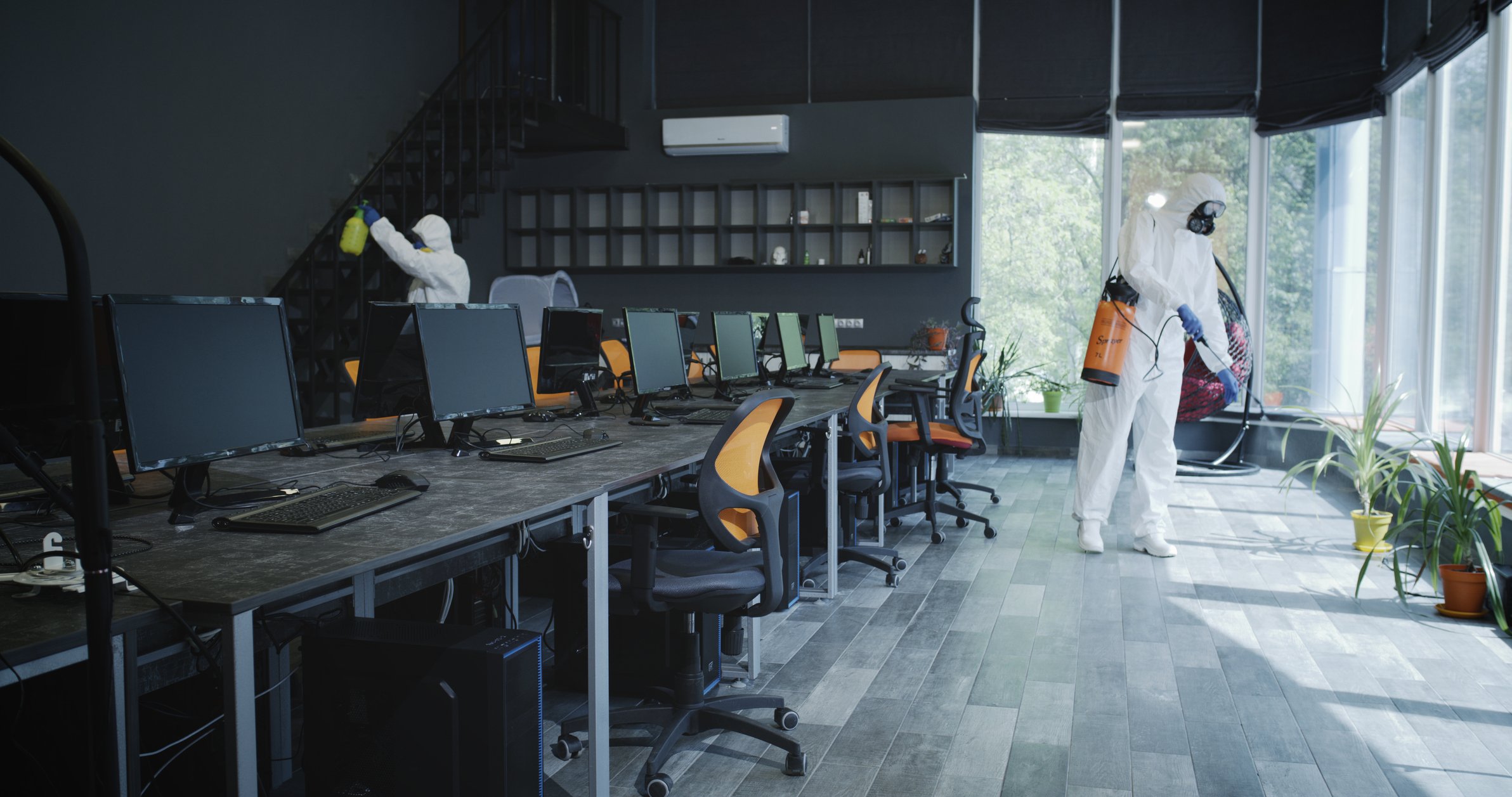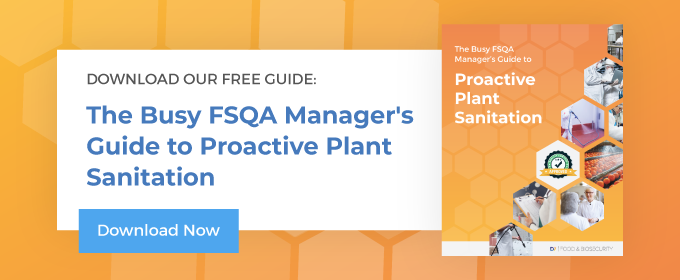
Although a full return to normal is not yet in the near future, we are increasingly reopening public and private facilities and interacting with each other more. This means we must remain vigilant about implementing cleaning solutions that help keep spaces safe. Even facilities that have always maintained a high standard of cleanliness—hospitals, schools, restaurants, and so on—need to take their practices to the next level.
More people are involved in cleaning and disinfection, which means education and training should also be prioritized. Many employees have new or expanded cleaning and disinfection responsibilities, and without proper training, those tasks may not be performed effectively. However, with the right products and a commitment to maintaining proper cleaning and disinfection practices, we can help prevent the spread of coronavirus.
Understand the Difference between Cleaning and Disinfecting
The word “cleaning” is often used as a blanket term, but there is more to tackling coronavirus than just cleaning—disinfection is also necessary. Cleaning only removes soils from the surface—it doesn’t kill bacteria or viruses—but it’s an important first step, especially because some disinfectants (like bleach) become less effective when used on a dirty surface.
Disinfection kills pathogens like bacteria and viruses, but not all disinfectants work in the same way or have the same efficacy. For example, a disinfectant that’s 99.9 percent effective will leave behind 1,000 virus particles for every one million. At the other end of the spectrum, a disinfectant that is 99.99999 percent effective will leave behind just one virus particle out of a million.
This is a significant difference—especially for coronavirus, because viral load is an important factor in infection rates. Experts estimate that 1,000 virus particles are enough to cause an infection and that a sneeze could contain up to two hundred million virus particles. Proper cleaning and disinfection dramatically reduces the number of virus particles on surfaces, which helps decrease the spread of coronavirus.
Coronavirus Cleaning Solutions
It’s not enough to occasionally wipe down surfaces—you have to use the right products and practices.
Products
Use two products to first clean, then disinfect, especially if you are using a chlorine-based disinfectant like bleach. Chlorine is a good disinfectant, but it’s not an effective cleaner, and dirt on the surface being cleaned can impact the efficacy of bleach and other chlorine-based products.
If you prefer a one-step process, you could use a product that both cleans and disinfects. Look for a formulation that has a detergent in it to break up grease and other soils, as well as a disinfecting agent to kill the virus. A disinfectant with detergent in it, like D7, will penetrate the lipid layer of the virus to kill it at the molecular level.
Practices
Spaces that you used to clean only once a week, like in offices, must now be cleaned much more frequently. High-traffic areas and surfaces that are frequently touched by multiple people require special attention and disinfection on a more regular basis, in some cases, between each use. Training is also necessary so that the people doing the work know how to apply the products, what concentrations to use, the recommended contact times, and the application frequency.
Monitoring and reporting with tools such as checklists and cleaning/disinfection logs will help ensure that these important tasks are carried out. Signage in facilities will also help guide cleaning/disinfection practices and remind people about best practices.
Why to Include D7 in Your Cleaning Solutions
D7 is a cleaner and disinfectant that is easily applied to surfaces as a foam or liquid spray. It has low corrosivity and low toxicity, making it safe for both humans and furnishings or equipment. Its high log kill (a minimum six-log reduction) significantly reduces the presence of bacteria and viruses on surfaces. D7 cleans and disinfects at the same time, meaning you only have to apply a single product, which saves time and helps promote compliance.
To learn more about how professionals in the food and biosecurity industry maintain high standards for surface disinfection, read our free guide about proactive plant sanitation and apply the same principles in your facility.

